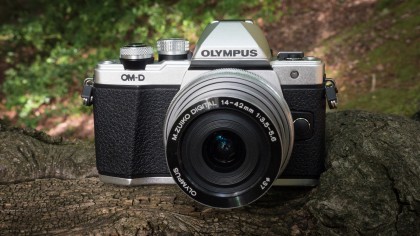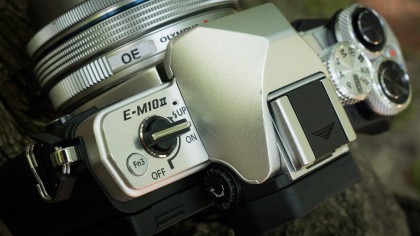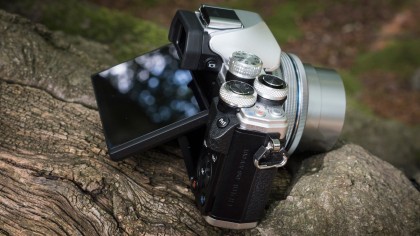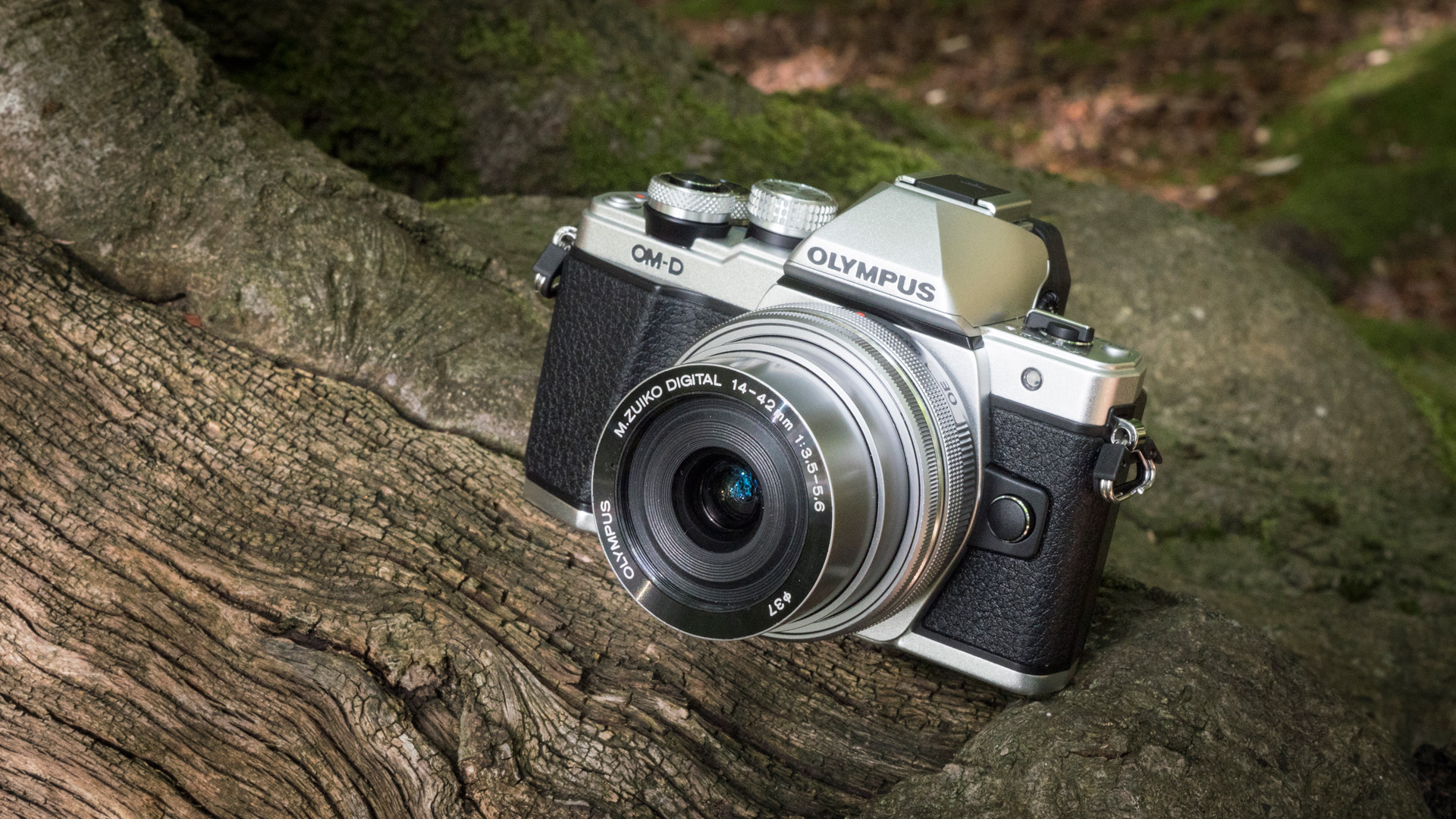Why you can trust TechRadar
The original OM-D E-M10 has been very successful for Olympus and while the OM-D E-M10 Mark II doesn't mark a major upgrade, it has enough to make it attractive to those looking for their first serious compact system camera (CSC). However, the marketplace is more competitive than ever with Panasonic's (much more expensive) GX8 pushing the Micro Four Thirds pixel count to 20 million and Fuji's X-T10 offering a solid SLR-like CSC with traditional controls at a very attractive price.

Inside the E-M10 II is a high quality Four Thirds type sensor with 16 million pixels which is paired with a capable processor that ensures noise is controlled very well up to around ISO 6,400. In addition, the autofocus system is fast and effective in a wide range of situations, making the camera versatile and capable of shooting in conditions that were in possible just a couple of years ago with a compact system or mirrorless camera.
There's also a healthy collection of shooting options including aperture priority, shutter priority and manual exposure mode as well automatic options for inexperienced photographers.
Olympus also offers a wide range of lenses with some like the tiny M.Zuiko Digital ED 14-42mm f/3.5-5.6 EZ being especially well-suited to the small proportions of the E-M10 II, as well as high quality optics like the M. Zuiko Digital ED 7-14mm f/2.8 Pro and M. Zuiko Digital ED 40-150mm f/2.8 Pro proving very popular. As it has the Micro Four Thirds mount the E-M10 II is compatible with the wide range of lenses produced by Panasonic as well as a growing collection from third party manufacturers.
We liked
Although it's a small camera small the E-M10 II has a very high quality electronic viewfinder built-in and this makes it easy to compose and review shots in very bright light. The control arrangement is also good with all the key features within easy reach.

Further good news is that Olympus doesn't make you compromise when you want to shoot raw images. All the creative Art Filter effects, and time lapse recording options can be used when shooting raw as well as JPEG files, so you can have some fun while still having a clean file for 'serious' processing.
Olympus has once again impressed us with its image stabilization system enabling images to be captured in low light levels when shutter speed needs to be kept low.
We disliked
While I like the E-M10 II a lot, it's not without a few niggles such as the viewfinder failing to show the image as it will be captured when shooting subjects under stage lighting and the occasional instance of the Info button not revealing all the options that I expect when it was pressed.
I like having touch-control, but Olympus could make greater use of it with the Super Control Panel and the main menu. It would also be helpful to make the Super Control Panel customisable and have a customisable main menu screen.
I can't help feeling a little disappointed that Olympus has stuck with the tilting screen rather than going for a vari-angle option, this would've enhanced the camera's creative potential further.
Verdict
Olympus's OM-D series of compact system cameras have a good reputation and the E-M10 II will ensure this continues. Despite its small size it offers just about everything that a dedicated photographer wants with a stylish and solid-feeling body that gives you quick access to the most important features.

Although Olympus is marketing the camera at creative photographers wanting a smaller alternative to an SLR or larger CSC, enthusiast photographers should also consider it as an alternative to a high-end compact camera as a 'carry-everywhere' model. It's more versatile than most compacts and produces superb quality images.
While it's not especially aimed at novice photographers, there are automatic options that will help them get good results while enthusiasts will find that features such as Live Time, remote control via a smartphone and Art Filter bracketing help them make more creative images. In addition the autofocus, white balance and metering systems are excellent, helping it to deliver very high quality images even in challenging conditions.
